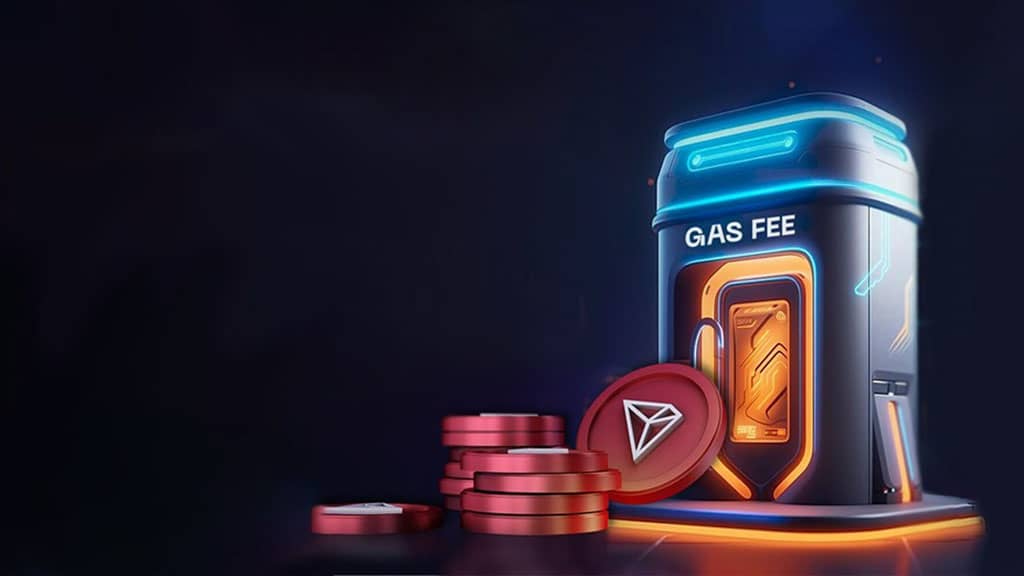Big news for crypto enthusiasts—Justin Sun just dropped a bombshell! Starting next week, Tron is making USDT transfers completely gas-free. That’s right—zero fees for moving your stablecoins around. And guess what? Ethereum is next in line to get the same treatment, followed by a rollout across other blockchains.
What’s the Big Deal?
If you’re into crypto, you already know that stablecoins are a game-changer for global payments. They’ve slashed international transaction times from days to mere seconds. Now, with Tron cutting gas fees to zero, the network is set to become the go-to chain for USDT transfers, giving Ethereum a run for its money.
At the moment, Tron holds around $62 billion in USDT, second only to Ethereum, which boasts $75 billion. But with this new policy, it wouldn’t be surprising to see Tron overtaking Ethereum in the stablecoin race.
A Potential TRX Rally on the Horizon?
This move could also pump Tron’s native token, TRX, which has been hovering around $0.22. If demand spikes, analysts predict it could climb to $0.44—doubling in value.
Oh, and let’s not forget about USDD 2.0, Tron’s latest stablecoin offering 20% APY. That’s a serious yield that could attract even more users to the Tron ecosystem.
Will Tron Take a Hit Financially?
Short term? Yes—Tron is expected to lose revenue from transaction fees. After all, stablecoin transfers make up the bulk of its activity. In 2024, Tron raked in $2.1 billion in fees, second only to Ethereum’s $2.5 billion. Cutting those fees to zero sounds like a major financial sacrifice, right?

But long-term, this could be a brilliant strategic play. If Tron becomes the default blockchain for stablecoins, it cements itself as the leading choice for DeFi projects. More adoption means more network activity, which could eventually translate into higher profitability.
And let’s not ignore the ETH investor FUD (fear, uncertainty, and doubt) that’s been swirling lately. Many investors are already looking for alternatives, and Tron is positioned as the logical next choice.
For those wondering about Solana, it’s worth noting that its $11.5 billion in liquidity is a mere fraction of Tron’s $62 billion. Plus, Solana’s stablecoin ecosystem leans heavily toward USDC, while Tron dominates in USDT.
Justin Sun, Trump, and the WLFI Payoff
Justin Sun isn’t just making bold blockchain moves—his investment game is strong, too. Last year, he poured $30 million into World Liberty Financial (WLFI), a DeFi project linked to the Trump family. Fast forward to today, and that investment has tripled to over $90 million.
Sun has also been rubbing shoulders with key figures in the crypto-friendly political landscape, including Elon Musk and Brad Garlinghouse (Ripple CEO). These power players have been instrumental in pushing for a pro-crypto stance in the U.S.
The Bottom Line
Tron’s decision to make USDT transfers gas-free is a bold and strategic move that could shake up the crypto landscape. In the short term, they might take a financial hit, but long term? They’re positioning themselves as the #1 blockchain for stablecoin transactions. And if TRX surges in response, investors might be in for a very profitable ride.
Would you switch to Tron for your USDT transfers? Drop your thoughts below! 🚀💰

